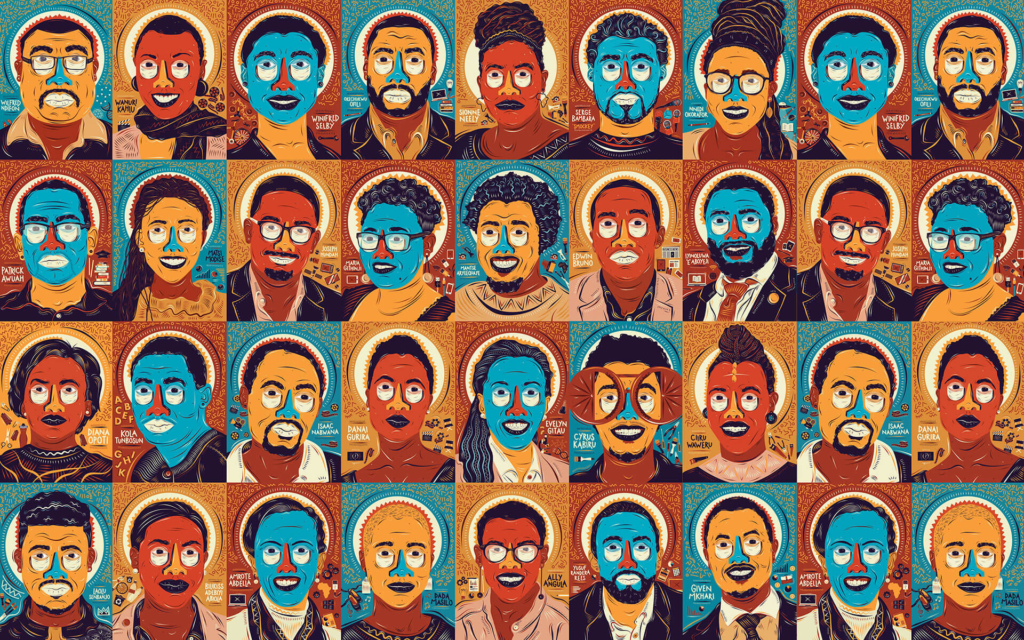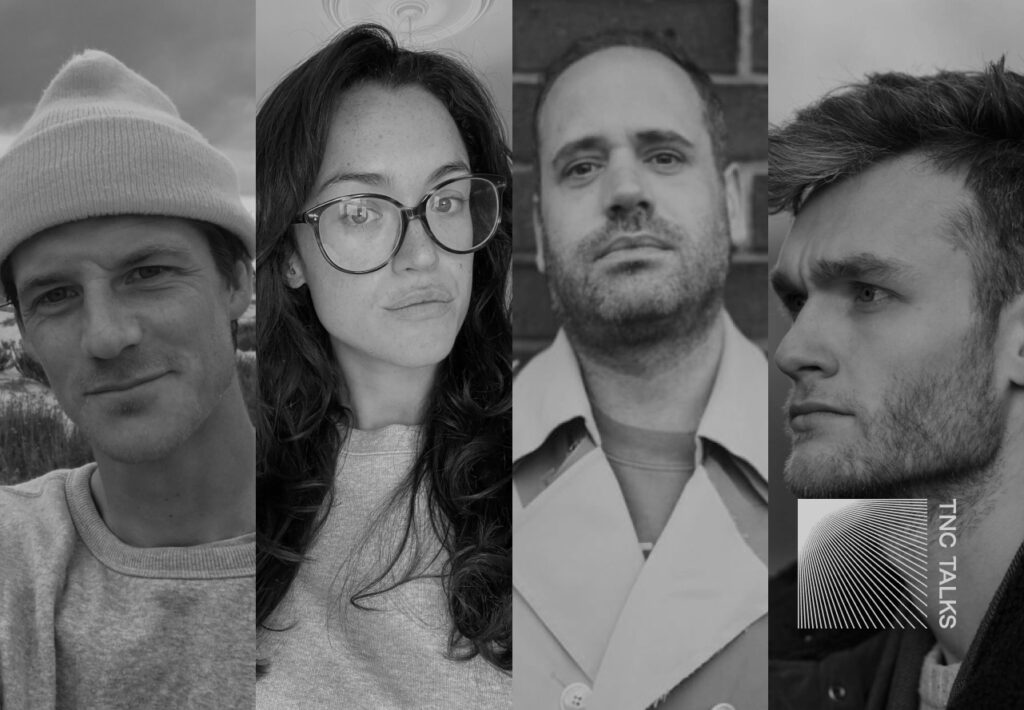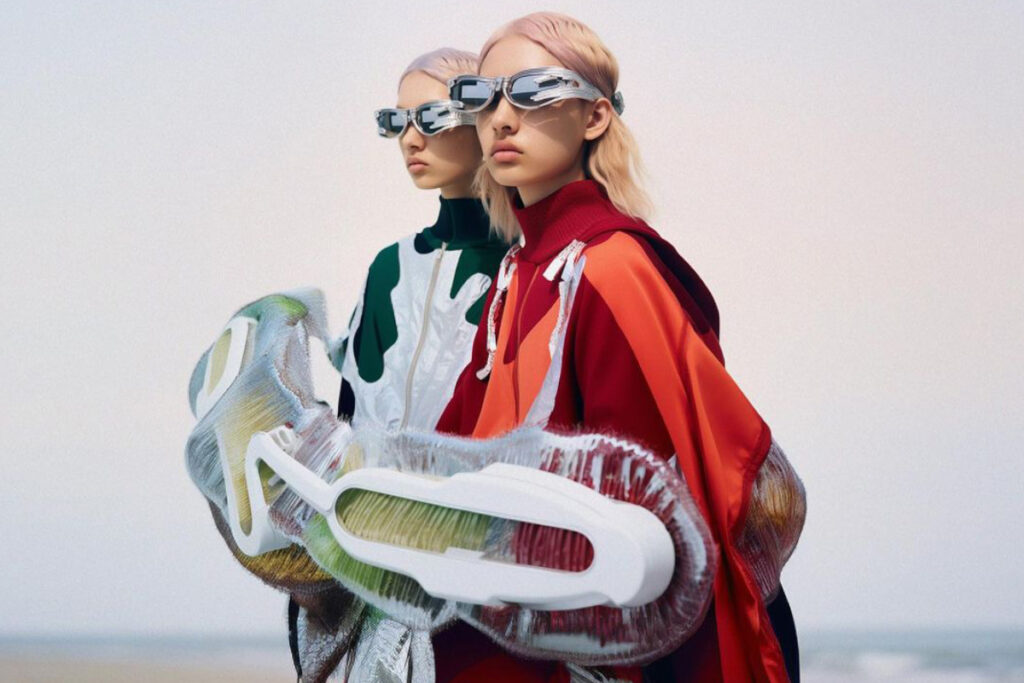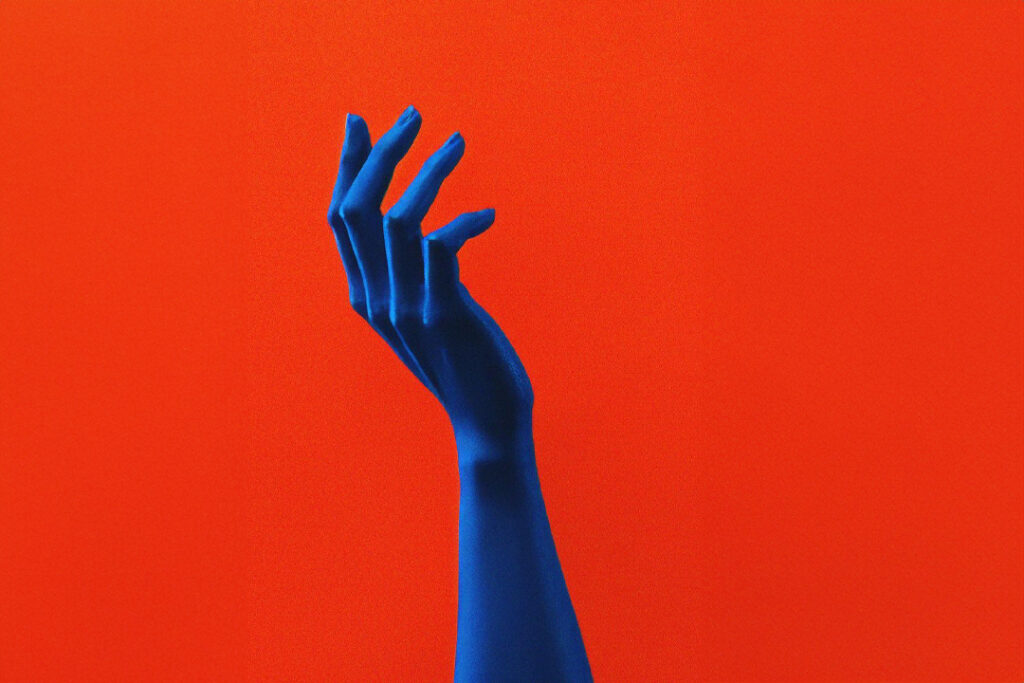It is no secret that representation is a big thing in society. One could almost say it’s the point of art, to feel seen, understood, a.k.a represented. In a way seeing yourself in a painting, in a song, in a movie, a book, or in any of the creators of said works, opens up a subconscious door and lights up a path of possibilities. A path of what you could be. A path of just how far you could go. A path of all the wonders you could achieve.
Karabo Poppy knows this well, and when she realised that no matter how far she looked she struggled to see herself represented in contemporary art, she took it upon herself to become that representation for others.
The South African illustrator has taken the world by storm and placed contemporary African aesthetic front stage and centre. Talk about having a purpose. Taking a look at her life, one might think the 29-year-old artist was born into this world precisely for this reason. After all, not many can say that their parents were called into school when they were 6 years old simply to point out one’s inherent artistic capabilities. Not many, but Karabo Poppy can.
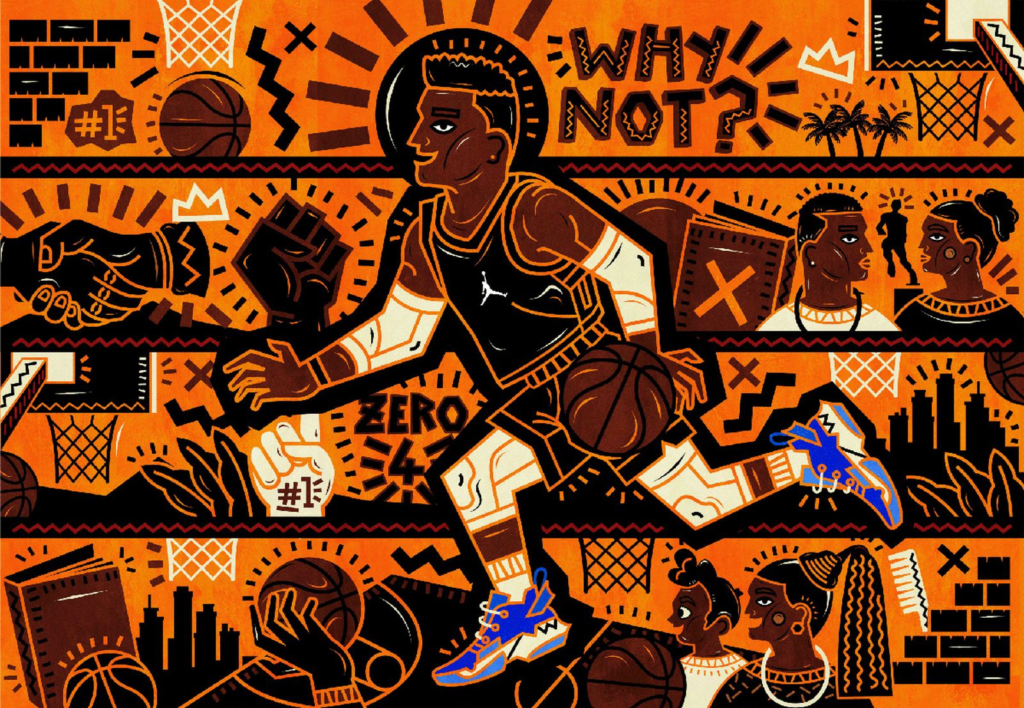
This wouldn’t be the first time one of Poppy’s teachers would become enchanted by her talent to the point of seeking to steer the illustrator’s life towards the arts. In fact, after high school (and with an acceptance letter to med school – important detail), yet another teacher pleaded with Poppy to attend an Open Day at the Open Window Institute. And what else can we say besides “Thank you teacher, wherever you are!”, because without said teacher, we might not have the pleasure of experiencing Karabo Poppy’s brilliant art today and she might not have become for others the representation she craved for herself growing up.
Karabo Poppy has blazed her own trail. For herself, and for those who will come after her.
Poppy recalls being one of the nine black students in her class, appalling truly when we take into account the student population of around 600. It wasn’t just students that were predominately white, so was the syllabus.
What we were learning was catered to more of a Western narrative, and we weren’t really seeing an African narrative being taught or explored, or even encouraged. In the textbooks, there was traditional and primitive African art, nothing contemporary, or in the context of advertising or digitisation.
-Karabo Poppy for ItsNiceThat
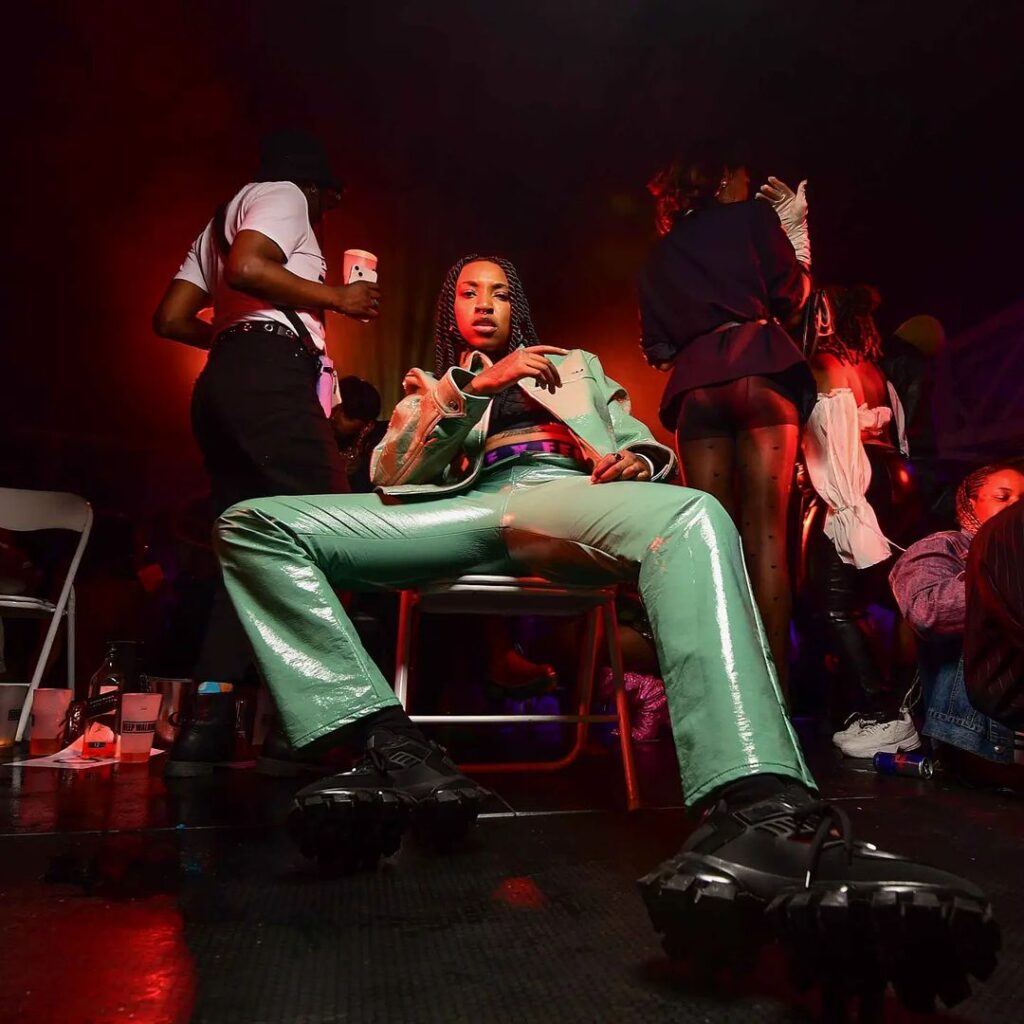
While traditional African art was more accessible, and there was some, – albeit minuscule – black female representation in the fine arts scene, for the life of her Poppy could not find African voices, especially female ones, in contemporary design. Even after graduating, the South African illustrator saw no option but to become a freelance artist since she couldn’t find any creative agencies or design studios that actually worked through the lens of a contemporary African perspective. Many would have given up at this point, at the very least they would have adapted and shape-shifted in order to fit the pre-established boxes. After all, what recent graduate wouldn’t -at least temporarily- sell their soul for a minimally decently paid gig. Well, not Karabo Poppy. Because in case you had forgotten, she wasn’t placed in this world for that. Her teacher knew it, and Poppy did too.
Apparently so did the universe. How else do you explain a millenial getting an email from a huge tech company offering the job of a lifetime? Specifically, offering Karabo Poppy the job that would cause her career to spiral upwards. An offer from Project RED and Apple to work for a campaign that raised over a million USD toward the plight of HIV/AIDS all across Africa.
It felt amazing, I wanted to make money to help my family, but now I got to make money to help my continent, and it just pushed me, even more, to keep doing what I’m doing.
-Karabo Poppy for Highsnobiety
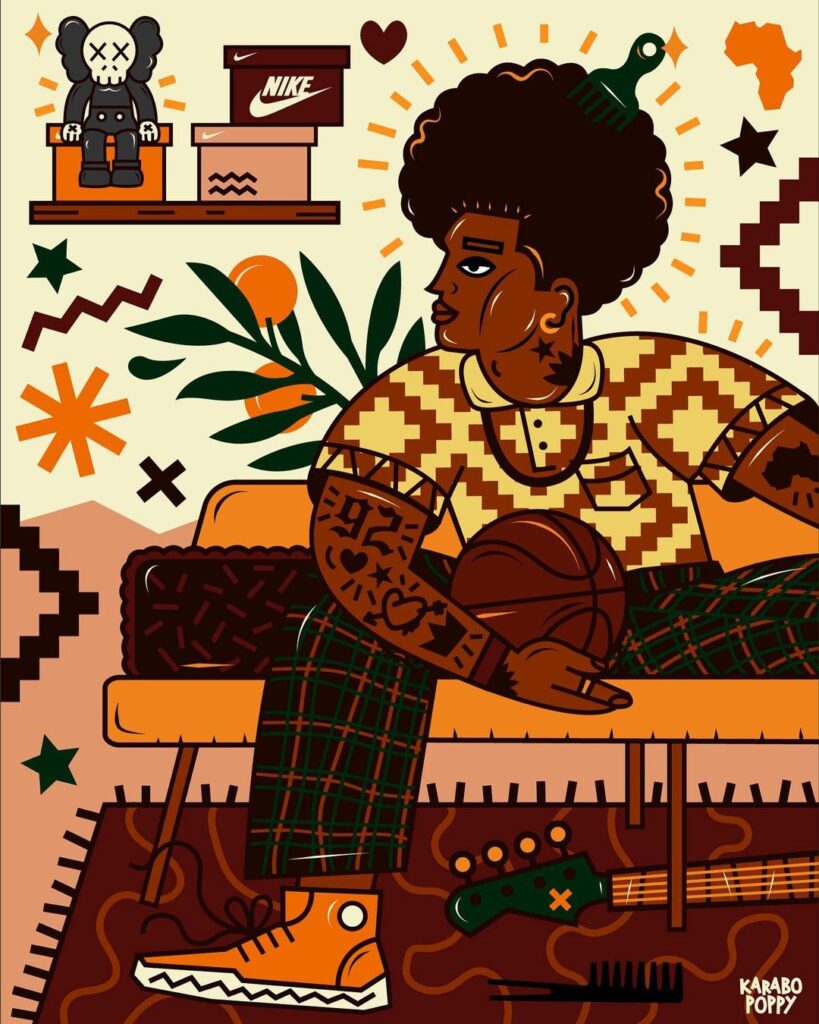
Putting Africa on the map of contemporary design and media
Karabo’s work is vibrant, joyous, and regal. All while conveying an inherent coolness, effortless yet determined. She developed her characteristic style by channelling her surroundings. Those driven by fate might believe her a prophet of sorts, come to imbue Africa with the protagonism it rightfully deserves. A messenger of her people. Honouring her ancestors.
The Wall Street Journal called her up. Will you believe that a platform as pivotal as The Wall Street Journal did not have an Africa-base illustrator in its roster before Karabo Poppy? If this isn’t proof that Poppy is succeeding in her mission to rebalance African representation in the contemporary design and media realm then we don’t know what is.
And what a grand way to rebalance African representation. Her line work stands out as much if not more than the energetic colours that permeate her illustrations. A line work that’s vigorous, and infused with movement. It’s almost as if you can hear her illustrations roar and sing.
Mark our words: Karabo Poppy will be one of the key voices of contemporary art.
